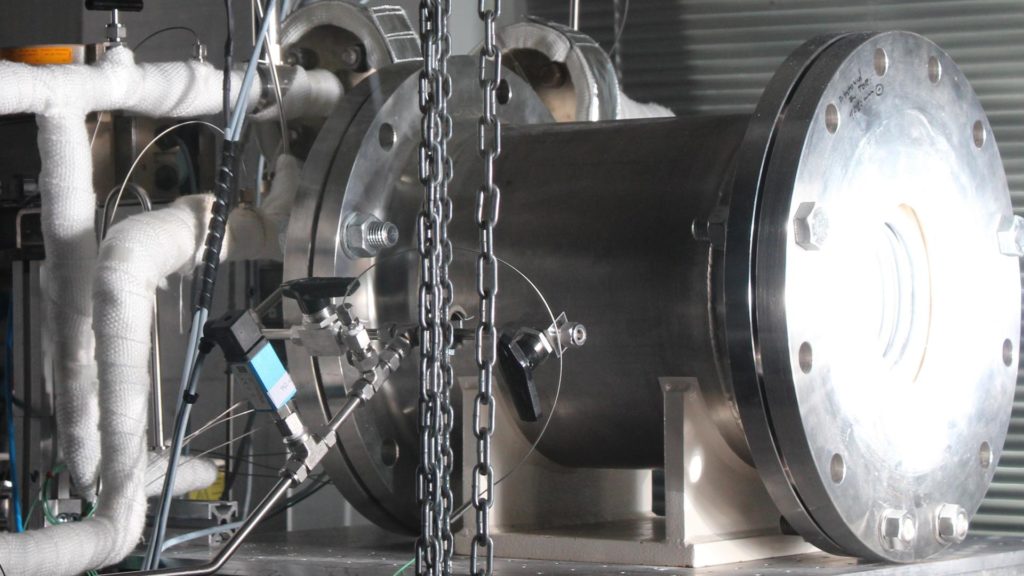Solar thermal production of carbon-neutral fuels
Every day, transport and industry burn huge amounts of fossil fuels, which result in high carbon emissions. But implementing a quick and comprehensive conversion to purely electric systems has seemed challenging.
Energy from renewable sources, meanwhile, has unlimited potential to produce carbon-neutral fuels. Most importantly, they are concentrated in one source – the Sun. This provides high-temperature heat that is technically easy to store and can be used at night.
DLR has been conducting intensive research for years into the use of concentrating solar technology for the climate-neutral production of electricity and fuel. This technology involves large arrays of mirrors capturing sunlight and focusing it on a central point high up in a solar tower.
To produce fuel, a reactor located at this point heats up to temperatures of over 1000 degrees Celsius. This sets thermochemical processes in motion, separating hydrogen from water. Alternatively, synthesis gases can be produced from carbon dioxide and water. These gases form the basis for sustainable aviation fuels or can be used in established metal, cement or fertiliser production processes. When these fuels are finally burned again, they only emit as much carbon dioxide into the atmosphere as was used in their production, so they are carbon neutral.
In addition to developing technical components and processes, DLR also addresses the economic aspects of solar fuel technology. Scenarios are conceivable in which large quantities of hydrogen are produced in sunny regions of the world and transported to their places of use via shipping, road and rail routes.
Using interactive and schematic means, the Solar Fuels exhibit demonstrates the production processes of different solar fuels all the way through to application.
Links:
German Aerospace Center (DLR)
Institute of Future Fuels
Nathalie Monnerie | Email Nathalie.Monnerie@dlr.de

